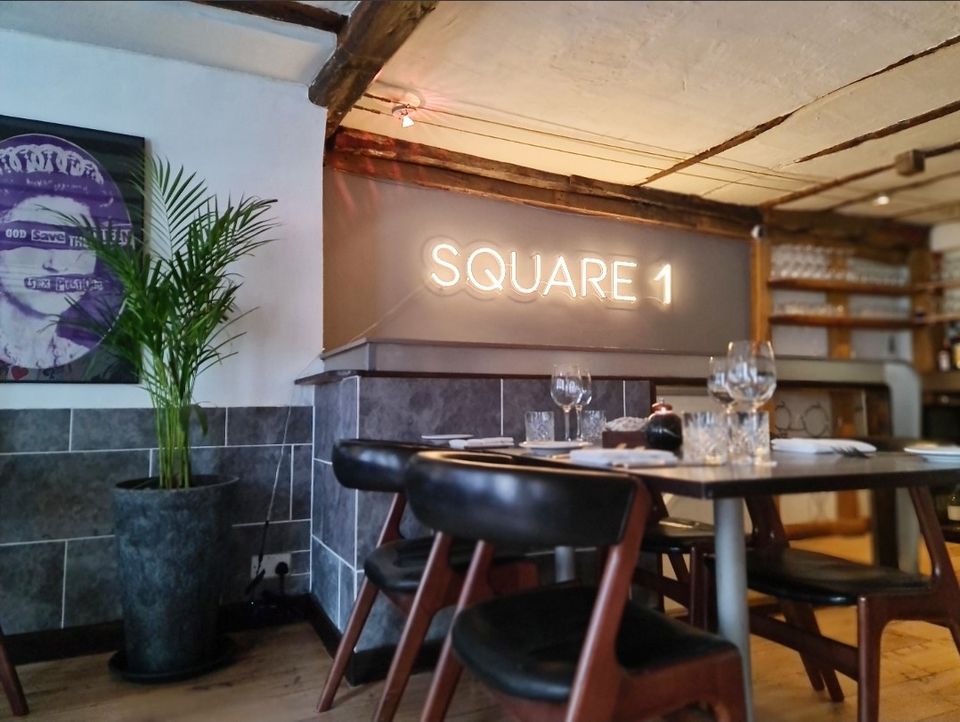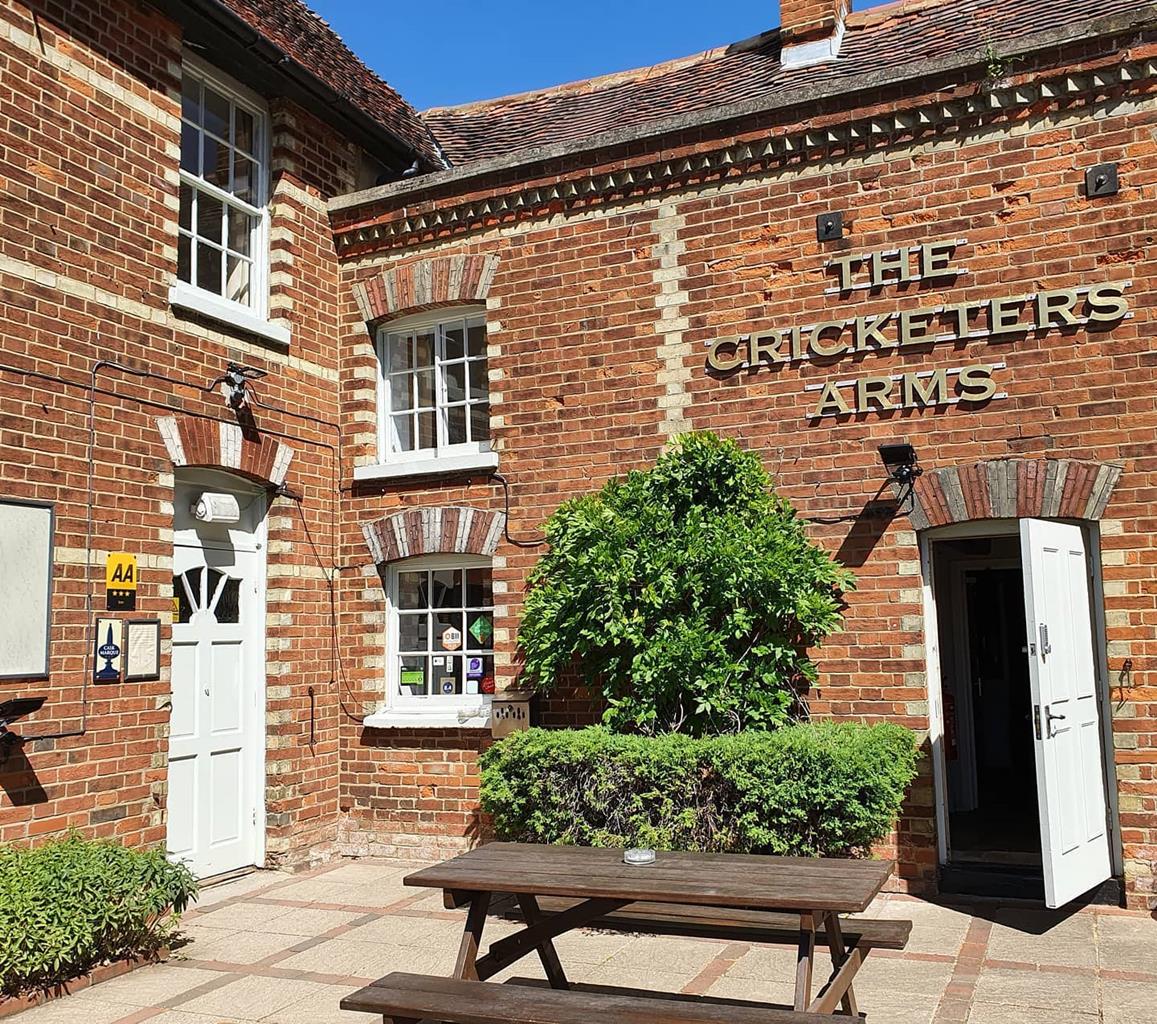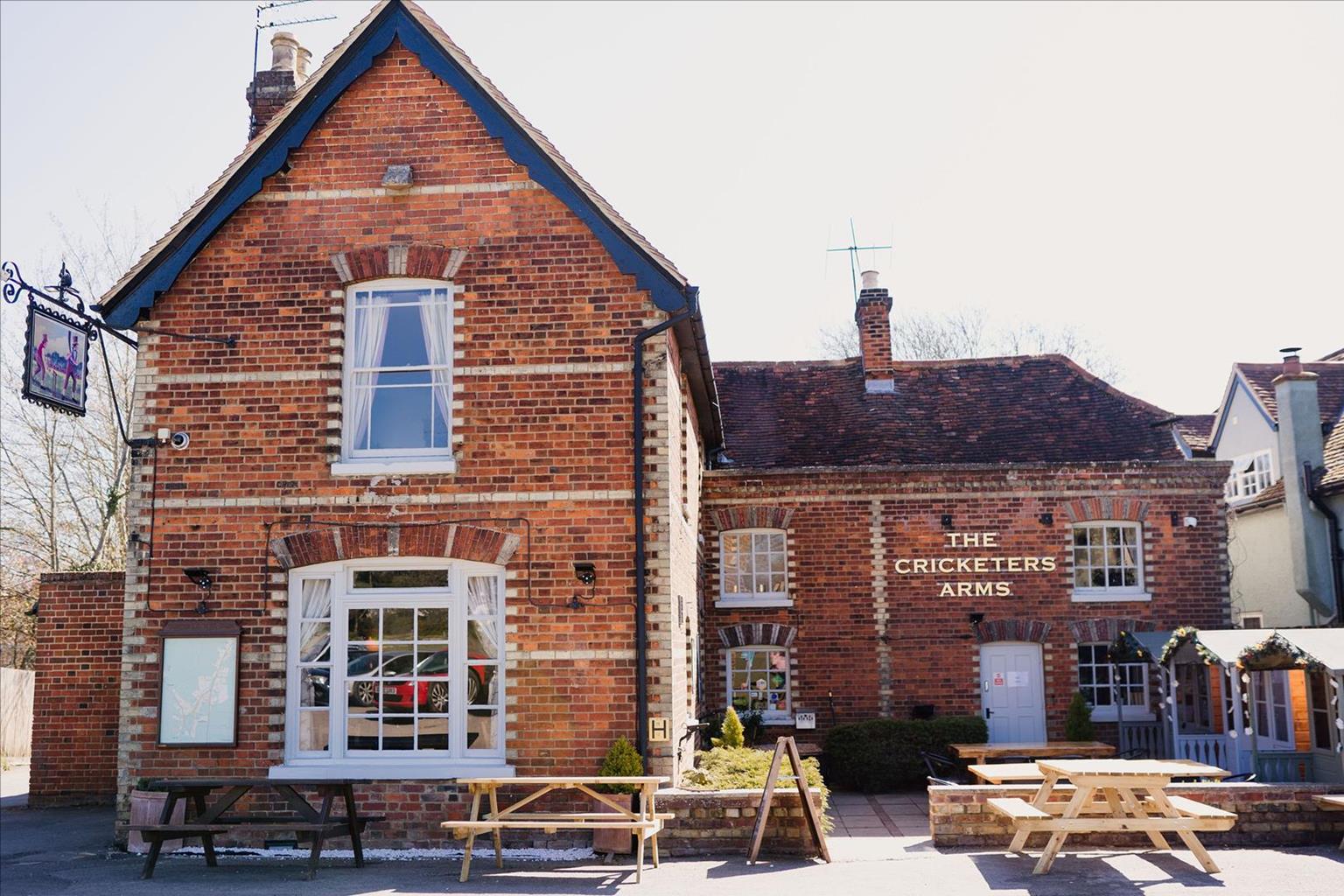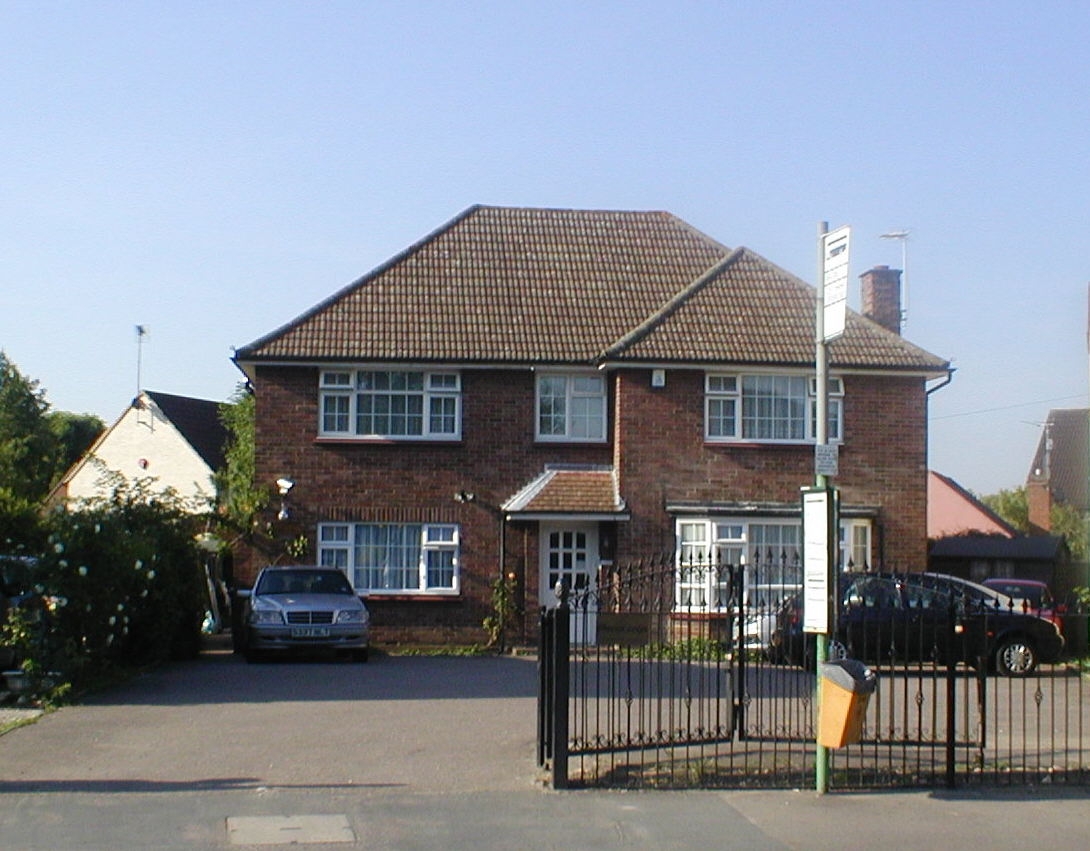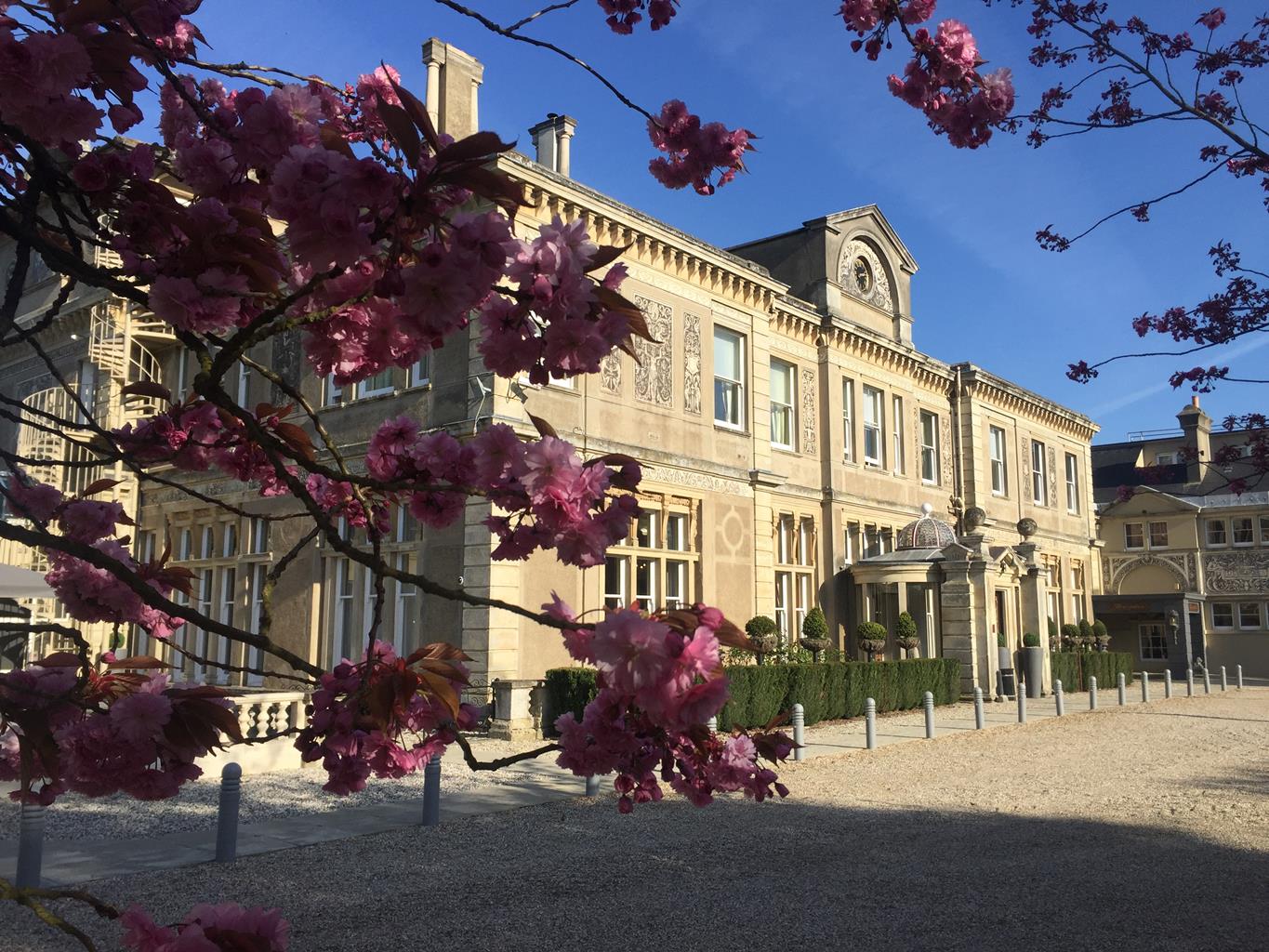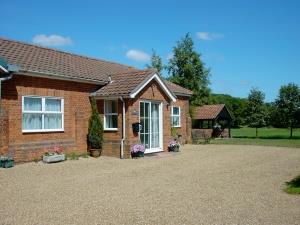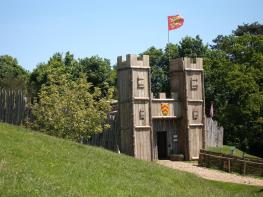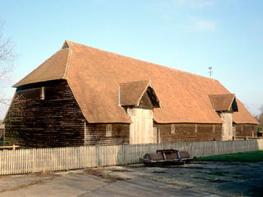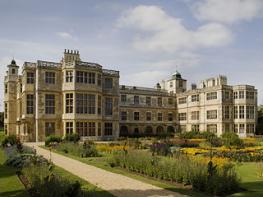Phoenix Lodge is a family-run guest house in the market town of Bishop’s Stortford, a short…
Hatfield Forest

Walk through part of the once-extensive Royal Forest of Essex.
4.5 miles (7.2kms)
About the walk
In the 12th century Hatfield was under Crown ownership, and deer were bred to supply the royal table. Nobody but the King and his cronies were allowed to hunt here, and the hapless peasants, if caught killing animals in the forest, might have their hands cut off, or face execution. The forest was later owned by a succession of different people, including Robert the Bruce, but the last owners from 1729 to 1923 were the Houblons, descendants of the founders of the Bank of England. Today sheep and cattle still graze on the open grassland, barely changed since Norman times, and you might catch a glimpse of shy fallow deer or the smaller Muntjac deer in the coppices.
Tracks in the forest
If you are walking during October or early November you may hear or even see the annual deer rut. Look for marks where the stags have paced around trees and their hoofs have churned the ground, and for signs of grazing where the bark has been stripped. The deer in Hatfield Forest are descendants of a herd introduced by Henry I in the 12th century to maintain a supply of venison for his table. The medieval forest, which is now managed by the National Trust, is one of the best preserved in the country and covers an area of 1,046 acres (424ha), equivalent to just over 600 football pitches.
Shells and legacies
Within the forest is the Shell House, built by the Houblons. They lived at Hallingbury Place, to the west of the forest, and created the lake in about 1746 by damming Shermore Brook. They bred peacocks, planted exotic trees and held grand lakeside picnics. In 1923 they sold the forest, and for a few months its future remained uncertain, especially when the new owner happened to be a timber merchant. Then in 1924 naturalist Edward North Buxton came to the rescue, writing out a cheque on his deathbed as part payment for the forest. His sons completed the transaction and went on to give the forest to the National Trust.
Walk directions
From the car park, follow the surfaced road for 350yds (320m) and bear left along the boardwalk across pastureland. After 250yds (229m) pass coppiced hornbeam woods to reach the lake on your right. Cross the dam dividing the lake, and follow the path to Shell House. Pass the Forest Café, go through the car park at Shell House and follow the path south, with the smaller lake on your left, to a ‘wantz’ – an Essex word for a junction where rides intersect. You are now at Collin's Coppice.
Turn right onto the wide grassy bridleway for 250yds (229m), then bear right onto the plain, keeping Forest Lodge on your left-hand side. Continue north on the wide plain beside a gravel track, passing to the left of Warren Cottage. This used to house the warrener – in medieval times, the man who looked after the rabbit warren. Rabbits were introduced from Spain in the 12th century for food and fur. The remains of the warren are still visible in the form of pillow-shaped mounds behind the cottage.
Bear left across the wide grassy plain dotted with maple, ash and hawthorn. This was the former London Road, where stage coaches from East Anglia would cross the bridge over Shermore Brook. Keeping close to the woods on your left, continue northwestwards for 0.5 miles (800m), until you meet a cross path. Keep ahead here past Forest Way fingerposts and go through a gate.
Turn right onto the Flitch Way. The railway track, a casualty of Dr Beeching's cuts in 1969, formed part of the line linking Bishop's Stortford and Braintree. Now the Flitch Way, this path buzzes with butterflies and birds in summer, while slow worms, grass snakes and lizards make their homes on the south-facing banks. After 300yds (274m) look out for where a stream runs under the footpath.
Turn right down the steep embankment. Bear right to go through a gate. Continue straight ahead onto the widest path to the next cross path, and turn right along the path between the last of the coppiced trees. Go over a stile, and then bear left to emerge onto open grassland. Bear slightly right, keeping the trees of Elgin Coppice to your right. Cross the tarmac road and maintain direction back to the car park, adorned with the ancient pollarded trees which welcomed you at the beginning of the walk.
Additional information
Grassy paths and forest trails
Ancient coppice woodland, meadows, lakes and marsh
Off-limits around part of lake; but main area dog friendly, as long as on lead
OS Explorers 195 Braintree & Saffron Walden and 183 Chelmsford & The Rodings, Maldon & Witham
Car parks at main entrance and Shell House inside the forest (free to National Trust members); exit gates close at 8pm
Beside Forest Café
WALKING IN SAFETY
Read our tips to look after yourself and the environment when following this walk.
Find out more
Also in the area
About the area
Discover Essex
Essex is full of pleasant surprises. It has the largest coastline of any county in England, with its fair share of castles, royal connections and scenic valleys. Take Colchester, for example, which was built by the Romans and is Britain’s oldest recorded town. Its castle contains the country’s largest Norman keep and yet, a stone’s throw from here, East Anglia’s newest arts centre promises to put Colchester firmly on the map as Essex’s capital of culture.
Tidal estuaries are plentiful and their mudflats offer migrating birds a winter feeding place. Essex was known as the land of the East Saxons and for centuries people from all over Europe settled here, each wave leaving its own distinctive cultural and social mark on the landscape. Walking a little off the beaten track will lead you to the rural retreats of deepest Essex, while all over the county there are ancient monuments to explore:
- the great Waltham Abbey
- Greensted, thought to be the oldest wooden church in the world
- the delightful village of Pleshey has one of the finest examples of a former motte-and-bailey castle
- Hedingham Castle, magnificently preserved and dating from the 11th century.
Nearby stays
Restaurants and Pubs
Nearby experiences
Recommended things to do
Why choose Rated Trips?
Your trusted guide to rated places across the UK
The best coverage
Discover more than 15,000 professionally rated places to stay, eat and visit from across the UK and Ireland.
Quality assured
Choose a place to stay safe in the knowledge that it has been expertly assessed by trained assessors.
Plan your next trip
Search by location or the type of place you're visiting to find your next ideal holiday experience.
Travel inspiration
Read our articles, city guides and recommended things to do for inspiration. We're here to help you explore the UK.


